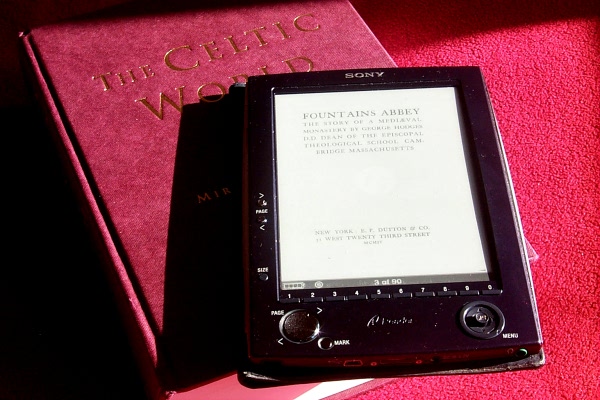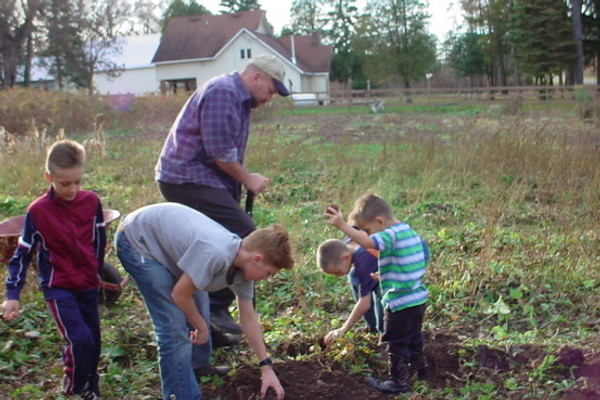
My Sony Reader, displaying a free Google book
As an early adopter of computers (the early 1980s), I well remember the questions about what the computer was good for and the sometimes derisive skepticism about the future of the computer and the computer’s ability to replace things. Now you know.
I believe that electronic book publishing has now reach critical mass. The powerful economic forces behind publishing (publishers!) have realized which way this is going to go. They are already jostling with each other and working out their competitive strategies. For example, there’s a big conference in New York next month for digital publishers. Such conferences are happening all over the place these days.
So far, the big players are Amazon with its Kindle, Barnes and Noble with its Nook, and Sony with the Sony Reader. There are constant rumors that Apple will soon release a reader. There are a number of electronic readers that are not as well positioned in this market. For example, my former employer the Hearst Corporation recently announced its Skiff strategy, which is mostly an attempt to try to keep the big publishers from losing control (good luck with that).
Publishers are right to be worried. It remains to be seen who the dominant players will be. Plus, the new technology opens up publishing to the little people.
Sony has an interesting strategy. Sony seems to have realized that it can’t compete with the vast book content available from a competitor like Amazon, so Sony is the first to sell electronic readers compatible with the ePub standard for electronic books. Sony has converted all of its electronic books to the ePub standard, and Sony also is distributing free Google books through its electronic book store. What a gold mine that is!
Another free source of free ePub books is Gutenberg.org, though the ePub format is still considered an experimental format at Gutenberg.
Want to make your own electronic books in ePub format? An open source ePub editor, Sigil, is in the early stages of development, but it works. Adobe is supporting the ePub format.
There’s even a free program that will download content such as newspaper feeds and automatically load them into your electronic reader — Calibre.
Yep, I’m experimenting with these tools. My only electronic reader so far is a Sony PRS-500, which is three years old. However, when Sony announced its support for the ePub format earlier this month, they also announced that those early adopters like me who bought the PRS-500 could get the PRS-500 upgraded, free, to support ePub format. I had to send my reader to Sony to have this work done. But Sony upgraded the reader and returned it to me by next-day air the same day they received it at their repair center.
I don’t plan to buy a new electronic reader until we find out what Apple is going to do. If Apple releases a product, it probably will be more than just a book reader. It probably will be a tablet computer. It will have a fast Internet connection. It will handle music and video. That’s what the rumors say, anyway.
What does this mean to you as a reader? Sooner or later you’ll have an electronic reader. Sooner or later, instead of browsing for books at the mall, you’ll browse for books on line. As for older books, instead of haunting used book stores you’ll haunt Google books, Gutenburg.org, and the specialty on line sites offering electronic books.
Best of all, anyone can be a publisher. The niche market will explode.
Oh, and even better than that, you’ll no longer have to fill up your house with book shelves.

